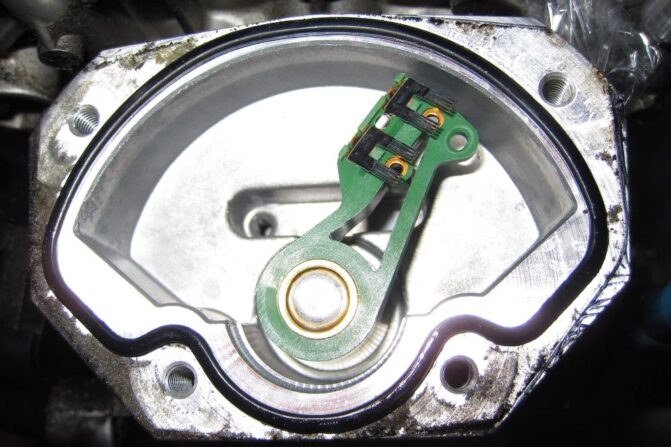The gas pedal position sensor is a crucial part of your vehicle's engine control system. It has an important part in making sure your engine runs smoothly by measuring the location of the throttle valve and transmitting this data to the motor control system. When this sensor begins to fail, it can result to numerous set of operational problems, making it essential for motorists to recognize the caution signals.
Many drivers might overlook the slight changes in their automobile's behavior, believing they are just routine glitches. However, understanding the indicators of a malfunctioning throttle position detector can spare you from expensive repairs and frustrating stoppages. In the following segments, we will point out key signals that hint the accelerator position detector may be in danger, helping you to stay ahead of possible concerns.
Comprehending the Throttle Position Sensor
The throttle position sensor is a vital element in current vehicles, responsible for monitoring the location of the throttle plate in relation to the operator's accelerator input. Found on the intake manifold, this sensor provides essential data to the ECU, which modifies fuel delivery and air flow to secure optimal engine performance. Correct functioning of the throttle position sensor is necessary for smooth acceleration and effective engine operation.
When the TPS begins to fail, it can create a variety of problems that may affect the vehicle's overall functioning. Drivers might notice issues such as erratic throttle response, engine stalling, or a decrease in fuel efficiency. These signs can often be confused with other malfunctions, making it crucial for vehicle owners to identify the specific clues of a malfunctioning TPS.
To avoid more significant engine issues, it is important to handle any signs of malfunction early on. Regular vehicle upkeep, including tests of the throttle position sensor, can help detect problems before they grow. Learning about this device functions and its importance in your vehicle can lead to improved decision-making regarding repairs and service, ensuring a better driving journey.
Common Symptoms of TPS Issues
A most prominent indications of a malfunctioning throttle position sensor is irregular engine behavior. You may encounter hesitation or stalling, particularly during speeding up. This can be alarming, especially if it occurs while entering onto highways or during other critical driving situations. If the throttle position sensor is not sending correct information, the engine control unit may not be able to deliver the appropriate amount of fuel, leading to these operational issues.
Additionally, another common symptom is decreased fuel efficiency. When the throttle position sensor fails, it can cause the engine to take more fuel than necessary. You might notice that you're filling up your tank more often without any modification in driving habits. This unexpected rise in fuel consumption can be costly and indicates that the sensor is not functioning as it should.
Moreover, you may observe a check engine light lit up on your dashboard. This warning light can indicate a variety of issues, but if it appears alongside additional symptoms like those described, the throttle position sensor could be the cause. throttle position sensor tps is essential to get a computer scan to identify the issue, as ignoring this light can result in further engine issues and more costly repairs down the line.
Troubleshooting and Resolving TPS Issues
When you suspect that your TPS is failing, the first step is to perform a physical inspection of the sensor and its connections. Examine for any damaged wiring, deterioration, or failing connectors that may impede its operation. A quick multimeter test can indicate whether the sensor is providing the right voltages. This process helps to determine if the fault lies with the sensor itself or if it’s connected to the cabling and connectors.
If the visual inspection does not show any clear problems, a more in-depth analytical approach is needed. Using an OBD-II scanner can assist you fetch any trouble codes related to the throttle position sensor and other elements. Common codes like P0120 to P0123 indicate that the TPS is malfunctioning. From here, you can track down the specific fault, whether it's a calibration problem or a defective sensor that needs replacement.

Once you have determined the fault, resolving it often involves swapping the throttle position sensor if it is deemed faulty. After installation, ensure to clear any error codes and perform a reset of the vehicle’s ECU. It is also suggested to take the vehicle for a trial run to verify that the new sensor is functioning properly. Monitoring vehicle operation during this period will aid ensure that the throttle position sensor is functioning as desired.
